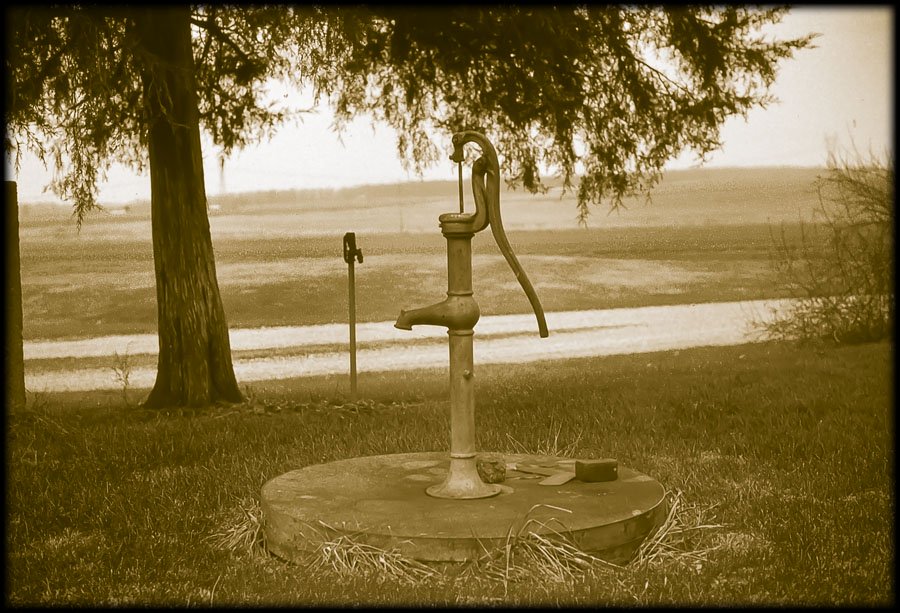 A number of our friends and clients have had water wells dug over the years. This can save a lot of money in areas where watering an acre of St Augustine lawn can run $600-800 a month. Wells are getting more expensive to dig, of course, as the water table continues to drop.
A number of our friends and clients have had water wells dug over the years. This can save a lot of money in areas where watering an acre of St Augustine lawn can run $600-800 a month. Wells are getting more expensive to dig, of course, as the water table continues to drop.
Texas has an interesting way of apportioning water rights. Generally, the water below ground belongs to whomever owns the land above it, while the surface water belongs to the state and is only used with permission. A longer and more detailed description can be found here, on the Texas A&M website. So, as the law now stands, if Ozarka bought the acreage next to yours and pumped enough water out of the aquifer to run your well dry, your only recourse would be to dig a deeper well (this in fact happened and that’s the Texas Supreme Court ruling in Sipriano v. Great Spring Waters of America, et al., 1 SW3d 75 Texas 1999).
This begins to get more problematic when you have subdivisions built around private lakes (we have a lot of those in East Texas) who dig wells to keep the lakes full. When the lake is only a couple of acres, no big deal. But when there are several lakes and one is well over a hundred acres, you begin to wonder, “just how deep is our aquifer?”
We live on the outer edge of Tyler and buy water from Southern Utilities, which pulls its water from the aquifer. Most of the small water utilities in East Texas rely on water from the aquifer, as well.
Tyler sits atop the Carrizo-Wilcox aquifer and it is big, but it isn’t inexhaustible. “Significant water-level declines resulting from extensive municipal and industrial pumpage also have occurred in Northeast Texas. Tyler and the Lufkin-Nacogdoches area have experienced declines in excess of 400 feet, and in a few wells, as much as 500 feet since the 1940s.” [From the Texas Water Board website.]
Add to this the pressure of a rapidly expanding population not only here, but in Dallas, and you can see how ever-greater pressure is going to be put upon our percolating groundwater. Dallas has now stuck big straws into Lake Fork, Lake Tawakoni, and will, eventually, be taking water out of Lake Palestine, as well. According to this story on WFAA, Dallas could suck 350 million gallons of water every day out of Smith County. That’s enough to fill 21,663 swimming pools or irrigate 403 golf courses on a hot August day.
Is it time for East Texans to consider regulating water wells? If we don’t, what will the water table be in twenty years, when our population is expected to double?

